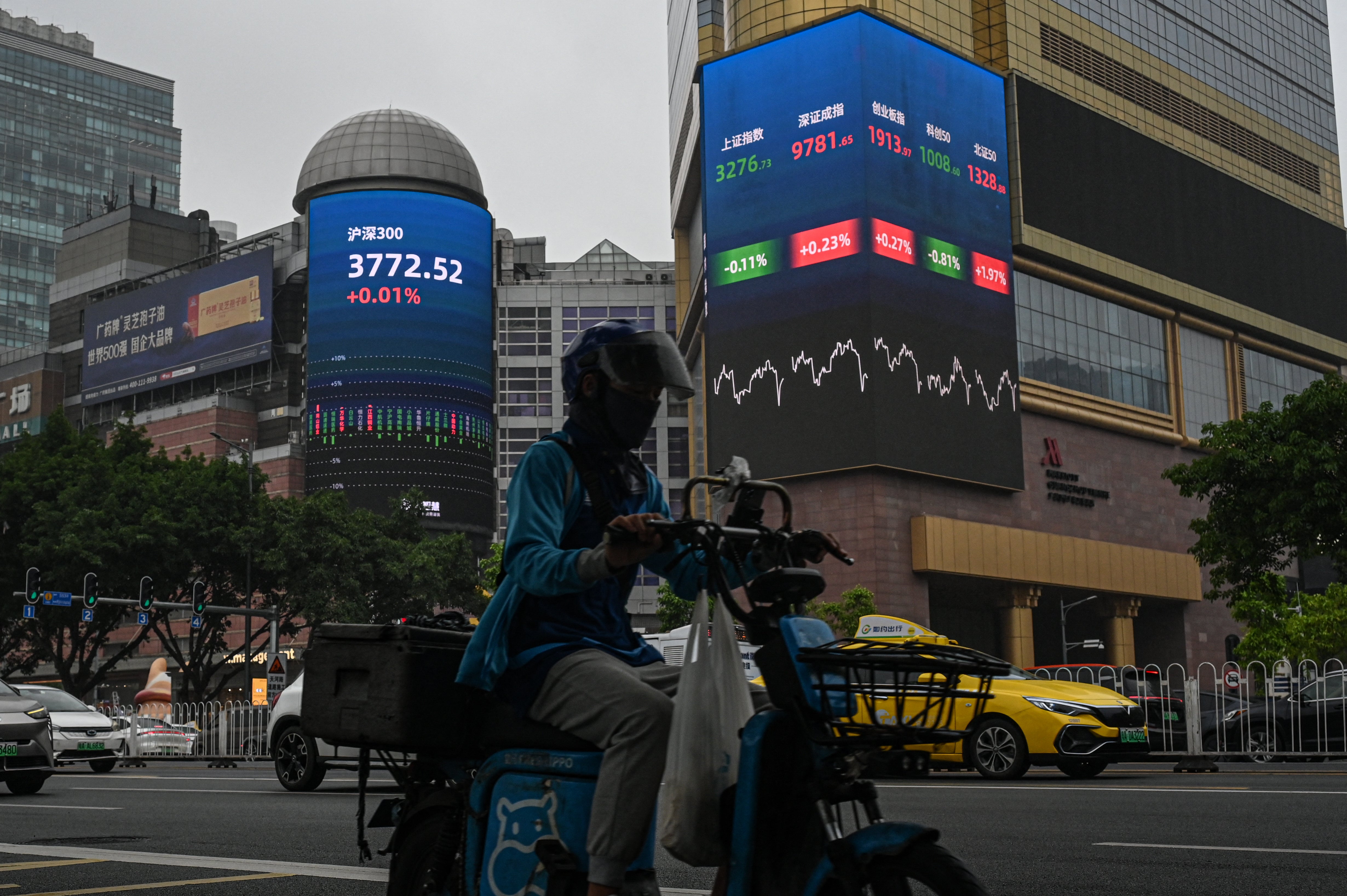The world’s poorest and most vulnerable nations are facing a “tidal wave” of record debt repayments to China, a new report has said.
China has emerged as a major lender of financial assistance to smaller nations facing various forms of fiscal crises around the world, and is now owed annual payments of $22bn to service that debt, an analysis published by Australian foreign policy think tank the Lowy Institute has revealed.
The bulk of this debt service is owed by 75 of the world’s poorest and most vulnerable countries, the institute said, adding that developing countries are “grappling with a tidal wave of debt repayments and interest costs owed to China”.
“In 2025, the world’s poorest and most vulnerable countries will make record high debt repayments totalling $22 billion to China. Beijing has transitioned from capital provider to net financial drain on developing country budgets as debt servicing costs on Belt and Road Initiative projects from the 2010s now far outstrip new loan disbursements,” the report said.
The debt service flows, already at a historic high, are set to remain elevated for the rest of this decade, it added.
China’s unwillingness to take big losses on the hundreds of billions of dollars it is owed, as the International Monetary Fund and World Bank have urged, has left many countries struggling to pay Beijing back the interest agreed, stifling the economic growth that would otherwise help them pay off the debt.

The result is mounting pressure on many developing economies, the report warned.
“Pressure from Chinese state lending, along with surging repayments to a range of international private creditors, is putting enormous financial strain on developing economies. The result is rising debt vulnerability and the crowding out of critical spending priorities such as health, education, poverty reduction, and climate adaptation,” it added.
Despite Beijing reducing the scale of its international lending in the last five to 10 years, the true impacts from earlier loans are now starting to be felt, the Lowy Institute’s Riley Duke said.
“China’s earlier lending boom, combined with the structure of its loans, made a surge in debt servicing costs inevitable,” Mr Duke told ABC. “Because China’s Belt and Road lending spree peaked in the mid-2010s, those grace periods began expiring in the early 2020s.”
“It was always likely to be a crunch period for developing country repayments to China.”
In 2023, a dozen poor countries faced economic instability or even the threat of collapse under the weight of hundreds of billions of dollars in foreign loans, much of them from China.
In the Asia-Pacific region, Sri Lanka, Pakistan, Tonga, Samoa and Vanuatu are already struggling to pay back their high levels of Chinese debt, some to the point of default.
In Pakistan, millions of textile workers have been laid off because the country has too much foreign debt and can’t afford to keep the electricity on and machines running.

